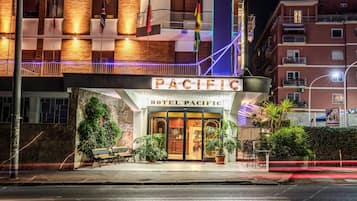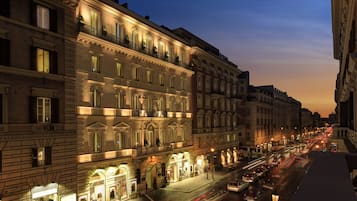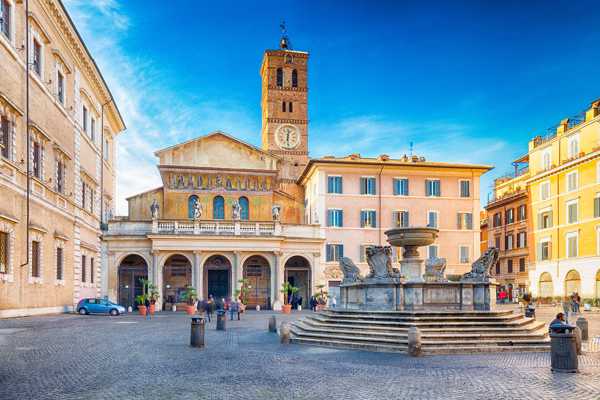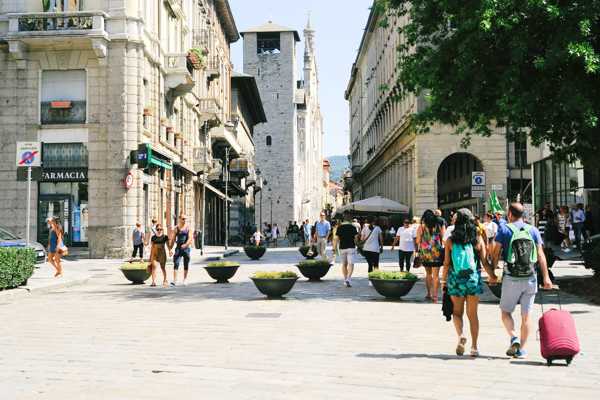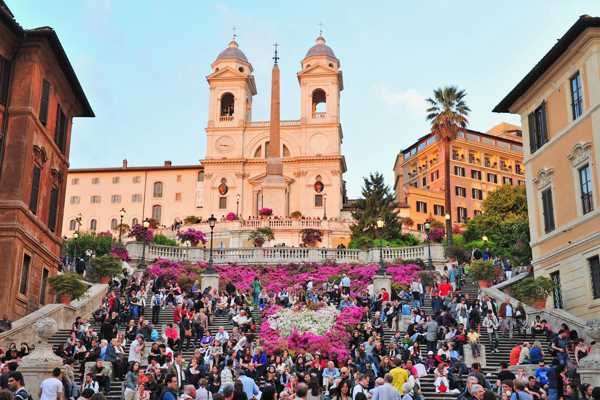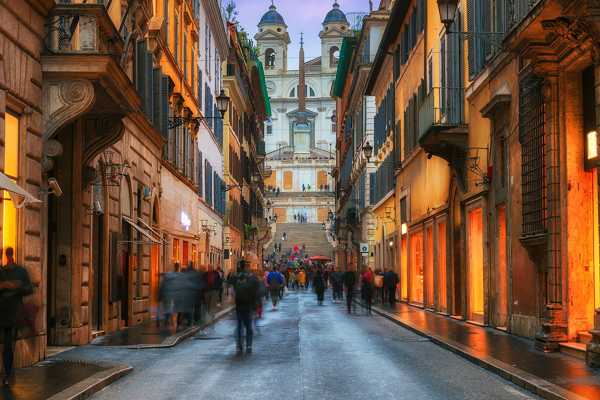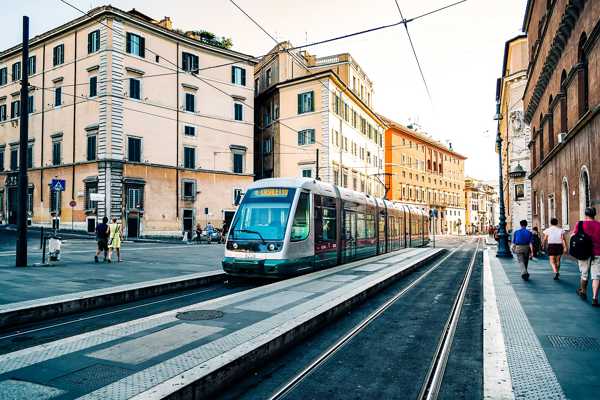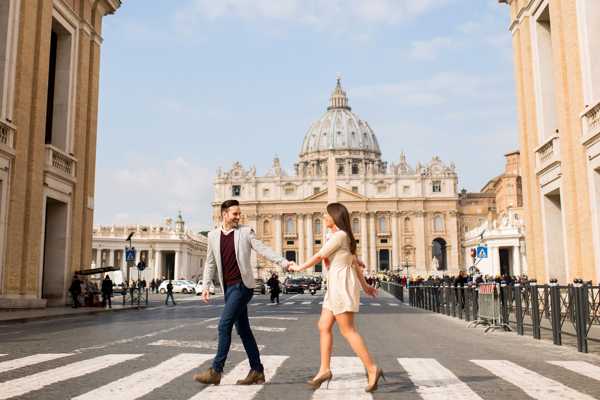The Colosseum in Rome is a gateway to the past and one of the most famous amphitheatres ever built, and the largest in the ancient world. This oval-shaped building is largely intact after thousands of years and stands right at the heart of the Rome city centre. It is an incredible example of ancient architectural achievement, having survived earthquakes and even stone thieves.
Today, the Colosseum is among the most popular visitor attractions in Rome, especially on Good Friday every year when the Pope leads a "Way of the Cross" journey that begins at the Colosseum. It appears on the Italian five-cent Euro, and while it's no longer used for gladiatorial games, it still hosts thousands of people every year. Here, you can walk the floor where gladiators battled, and you can explore the tunnels where they moved as well as see museums dedicated to ancient Roman deities.
Colosseum in Rome - one of the highlights of 10 Iconic Buildings and Places in Rome and How to Visit Rome in Less Than 24 Hours (Read all about Rome here)
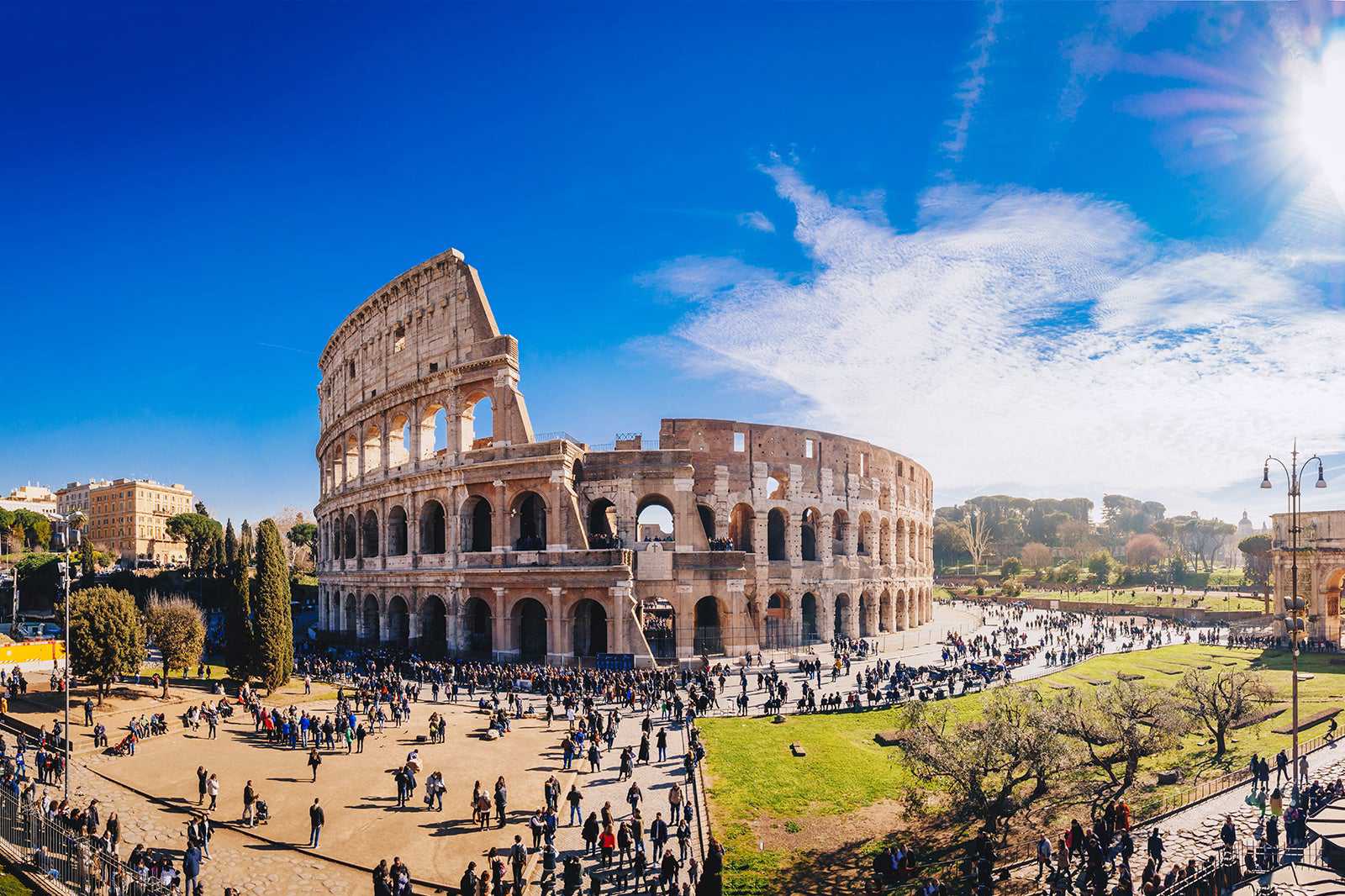
History of the Colosseum
The Colosseum was built between 70 to 81 CE (roughly), and the first games were held that saw over 9,000 beasts killed. In the reign of Domitian, it was remodelled, with the hypogeum tunnels added along with an upper gallery for additional seating. It was damaged by major fire in 217 and not repaired until around 240. Gladiatorial games ended by 435. The Colosseum was damaged by an earthquake in 443 and remodeled in 484 and 508.
By the Middle Ages, a chapel was added, and around 1200 CE, it was taken over by the Frangipani family, who seemed to use it as a castle. The great earthquake in 1349 caused the outer south side to completely collapse, but this didn't stop a religious order occupying it then until the early 19th century. Today, major restorations and protections have been taken and it remains a popular attraction.
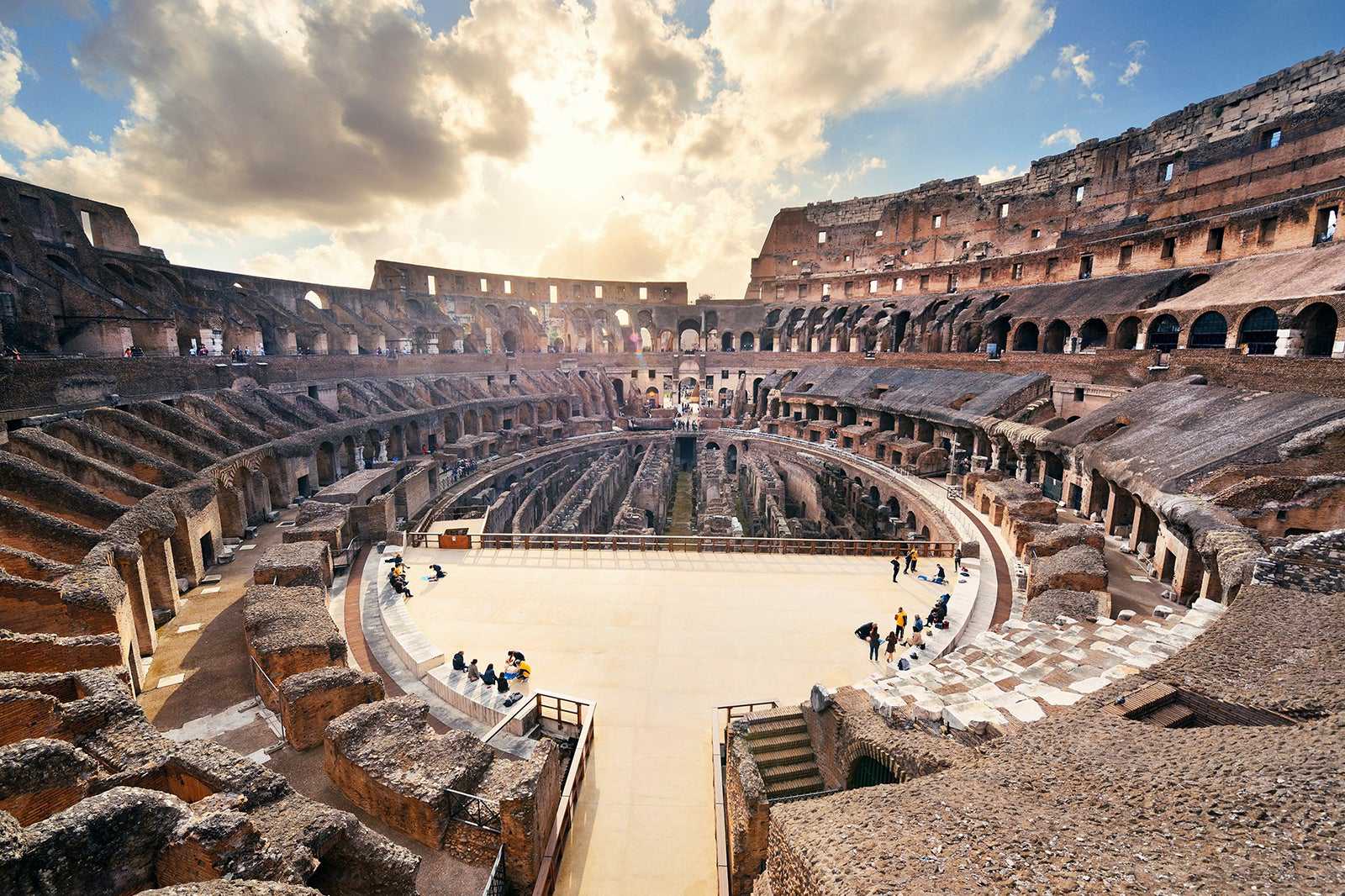
Highlights of the Colosseum
Today, thousands of visitors come to the Colosseum to see the original arena. In the outer wall on the upper floor of the museum, the city has created a museum dedicated to the Roman deity Eros. You can tour the subterranean passageways that were once used to move gladiators and wild animals for the games, and stride the floor where these battles took place.
In addition, the Roman Catholic Church has designated the Colosseum a holy site where Christians were martyred, and it holds major ceremonies here throughout the year, the most famous of which is the annual Way of the Cross every Good Friday. It's also well known as a place to come to see native flora, with over 684 species of plant life identified here, 200 of which are original species first identified in 1643. Regular evening "Moon over the Colosseum" tours allow you to see all of the most intriguing sites beautifully lit in the night.
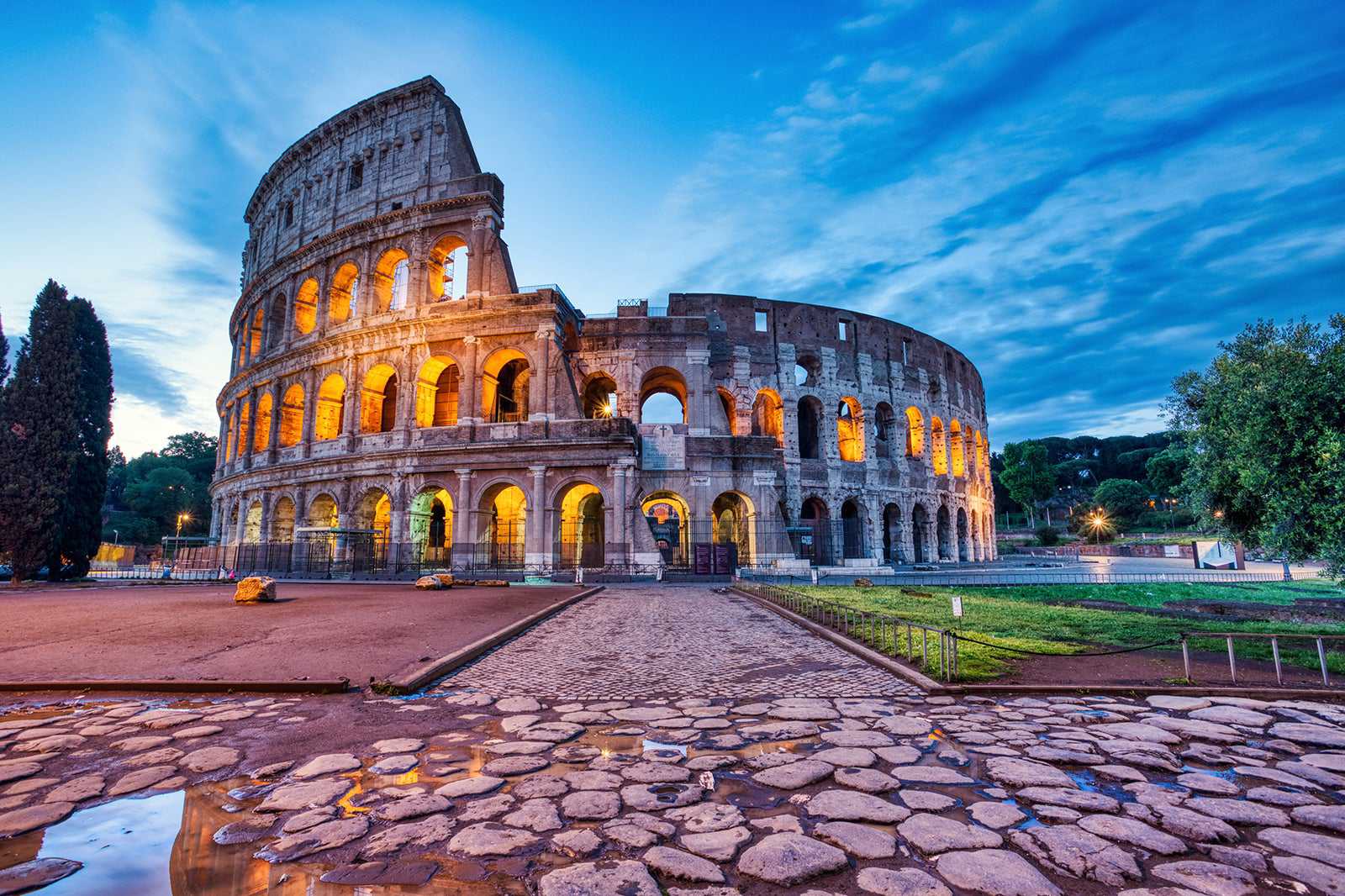
Good to know about the Colosseum
The Colosseum offers a special museum reception project dedicated to nursery services and infant care. You will find well over a dozen restrooms throughout the park, many with changing stations and disability access. First aid services are available onsite. Vending machines and bottled water dispensers can be found around the park. Three electric golf carts are available to help move visitors requiring assistance, and wheelchairs are available for loan.
A bookstore and gift shop allow for souvenirs at The Colosseum. Guided tours are available, but you can also do a self-guided tour by following a marked path and strategically placed lifts. For those in need of audio-visual accommodation, audio guides and radio guides with braille keyboards are available. The Colosseum is accessible by metro rail along line B with a dedicated stop, by bus, or by tram, so it's easy to get to whatever transport you use.
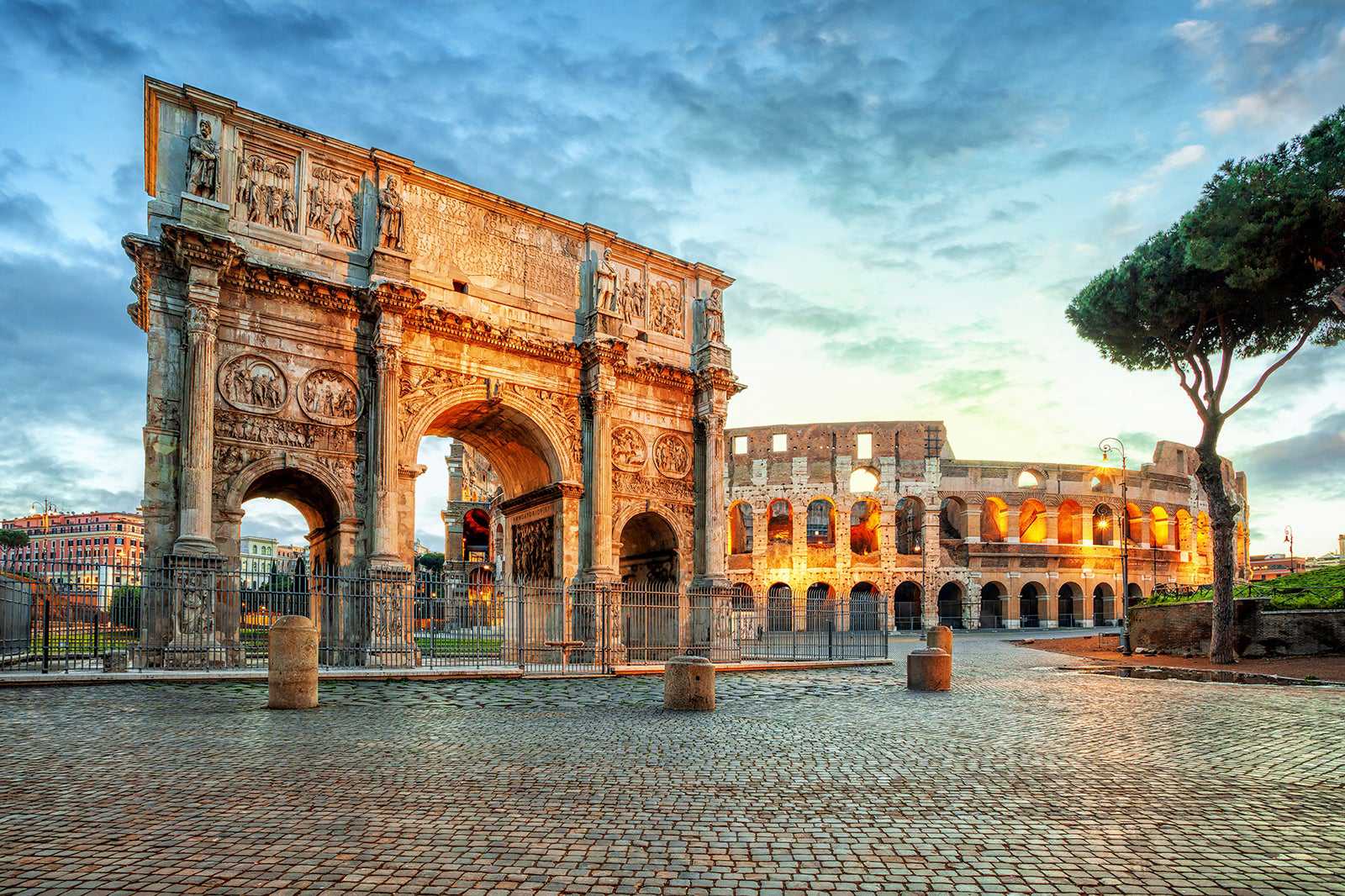
Colosseum in Rome
Konum: Piazza del Colosseo, 1, 00184 Roma RM, Italy
Açık olduğu saatler: Daily from 8.30 am to 7 pm
Telefon: +39 (0)063 99 67 700








